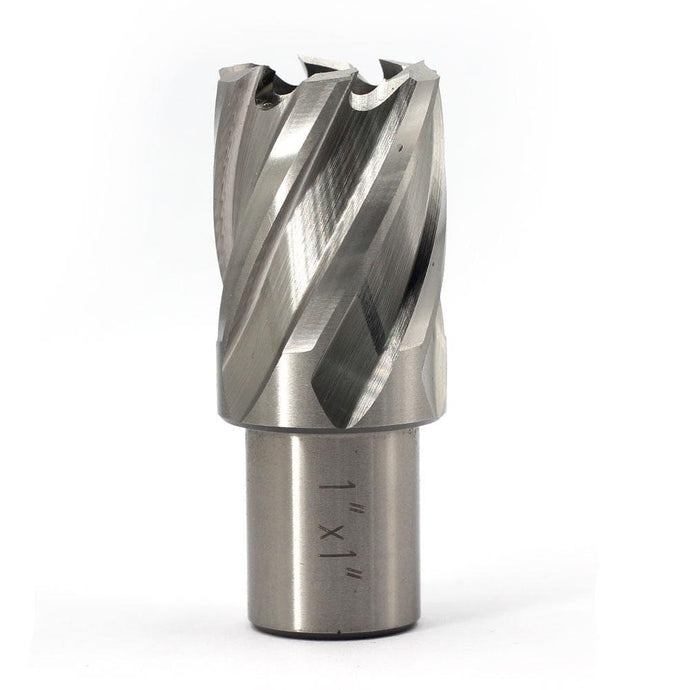
The Ultimate Showdown: TCT vs. HSS Annular Cutters in Metalworking
When it comes to precision cutting in metalworking, the choice of the right annular cutter can significantly impact performance, efficiency, and cost-effectiveness. Among the most widely debated options are TCT (Tungsten Carbide Tipped) and HSS (High-Speed Steel) annular cutters. Each type has its own unique characteristics, making them suitable for different applications and materials. Understanding their strengths and weaknesses is essential for making an informed decision that meets your specific needs.
TCT annular cutters feature a steel body with tungsten carbide tips, which provide enhanced durability and longevity. This construction allows TCT cutters to handle tougher materials like stainless steel and hard alloys effectively. The sharpness of the carbide tips means they maintain cutting efficiency for longer periods compared to their HSS counterparts. When delving into cutting speed and performance, TCT cutters excel, allowing for higher feed rates and quicker hole-making, especially in demanding environments.
On the other hand, HSS annular cutters are known for their versatility and lower initial cost. Made entirely of high-speed steel, they are well-suited for softer materials such as aluminum and mild steel. While they may not match the durability of TCT cutters, HSS options are more than capable for many standard applications, especially where precision is key. Additionally, HSS cutters can be re-sharpened multiple times, extending their lifespan and making them a cost-effective solution for shops that prioritize budget without sacrificing quality.
In terms of heat resistance, TCT cutters have a distinct advantage due to the thermal stability of tungsten carbide. This property allows them to operate at higher speeds without overheating, which can lead to better performance and a cleaner cut. In contrast, HSS cutters are more susceptible to heat buildup, which can result in reduced cutting efficiency and a higher likelihood of wear. However, for tasks that don’t demand the same level of endurance, HSS can still provide satisfactory results without breaking the bank.
Another aspect to consider is the application scope. TCT annular cutters shine in industrial settings, especially when high productivity is required. They can handle high-volume work and are particularly effective in operations where precision is critical. For users who delve into heavy machining, TCT cutters can become the ultimate choice for maximizing output while minimizing downtime. HSS cutters, while suitable for lighter tasks, may struggle in high-stress environments but shine in maintenance shops where versatility and reusability are valued.
When evaluating cost-effectiveness, it's essential to consider not just the purchase price but also the total cost of ownership. TCT cutters may come with a higher initial price tag, but their longer lifespan and reduced need for frequent replacements often make them a more economical choice in the long run. Conversely, while HSS cutters are more affordable upfront, their shorter lifespan may lead to increased costs over time, particularly in high-volume settings.
Cutting depth and hole size also play crucial roles in the selection process. TCT annular cutters typically offer a broader range of cutting depths and are capable of producing larger diameter holes with relative ease. This makes them the ultimate option for projects that require larger holes or deeper cuts in tougher materials. HSS cutters, while effective, may have limitations in terms of the maximum hole size and depth they can achieve, which could hinder productivity for specific applications.
Ultimately, the choice between TCT and HSS annular cutters should be based on a careful assessment of your specific needs, including the materials you'll be cutting, the volume of work, and your budget. For heavy-duty tasks where precision and speed are paramount, TCT cutters often emerge as the superior choice. However, for lighter applications and budget-conscious operations, HSS can still deliver reliable results.
In conclusion, both TCT and HSS annular cutters have their place in the metalworking landscape. By understanding their respective advantages and limitations, users can make informed decisions that enhance productivity and efficiency in their machining operations. Whether you need the toughness and longevity of TCT or the affordability and versatility of HSS, knowing when to employ each type is key to achieving ultimate results in metalworking.
